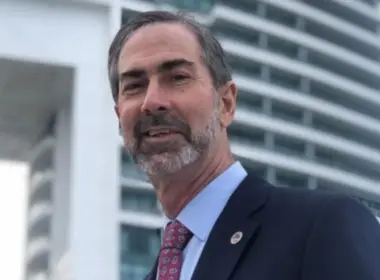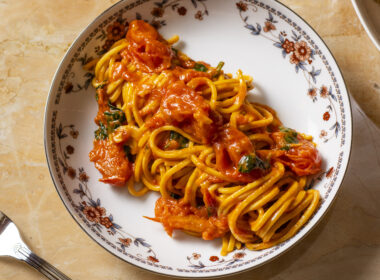The last half decade has seen Miami International Airport become a transshipment nexus for pharmaceutical products
By Yousra Benkirane
In 2015, the International Air Transport Association (IATA) named Miami International Airport (MIA) its first Designated Pharma Hub Airport in the U.S. and only second in the world after Brussels’ Airport. The recognition came after MIA participated in the IATA Center of Excellence for Independent Validators (CEIV) Pharma Certification Program, which require logistics companies to properly handle sensitive pharma products shipped by air. That means cold storage capabilities during all phases of shipment.
Pharmaceutical manufacturers value the certification, as it assures that pharma products are transported in accordance with the best global practices. Soon after, MIA created the first CEIV Pharma Airport working group in the Western Hemisphere, comprising five airline carriers, one ground handling company, and two international freight forwarders.

Since then, MIA’s pharmaceutical cargo has been steadily rising. Volumes have surpassed the 16,000 metric ton mark for four of the past five years, with a post-pandemic surge in 2022. That year, MIA reached a record $6.93B in pharmaceutical products, most of them exported. Last year saw a leveling off to pre-pandemic levels, though still higher than 2019 or 2020. In 2023 through November, the Miami Customs District exported $4.1B worth of pharmaceutical products with MIA handling $3.9B.
Top export destinations for pharma products through November 2023 were the UK ($1.05B), Brazil ($418.6M), Colombia ($324.3M), Japan ($305M), and Argentina ($254.8M). With three of those five top destinations in South America, Miami continues to attract the Latin American headquarters of companies like Swiss multinational Novartis, Japanese firm Nipro Diagnostics, and U.S. companies including Opko, Medtronic, Baxter, Stryker, Welch Allyn, and Johnson & Johnson, among others.
On the import side, the Miami Customs District took in $468M worth of pharmaceutical products through November 2023. Top Import origins were Singapore ($180M), the Dominican Republic ($92M), India ($45M), Germany ($26.2M), and Switzerland ($21.9M).
With its strong cold chain capabilities and 451,885sq ft of on-airport refrigerated facilities, Miami continues to function as a global distribution center for pharmaceutical products. The airport handles the majority of pharmaceutical products for the Miami Customs District, since they cannot be shipped by sea due to sensitivity requirements for delicate medical devices and temperature requirements for pharmaceuticals.
By volume, 18% of MIA’s pharma imports come from Europe and 80% of MIA’s exports go to Latin America and the Caribbean. In a new development, the U.S. Food and Drug Administration recently authorized a program for Florida to import certain prescription drugs in bulk from Canada. Consequently, import values for pharma products in the Miami Customs District are likely to rise over the next few years.
During the COVID-19 pandemic, MIA played a pivotal role as a major hub for the distribution of COVID-19 vaccines, serving as the primary transit point for virtually all vaccines destined for Latin America. The volumes experienced an unprecedented surge during the pandemic, with vaccine exports up 200% from 2020 to 2021, accompanied by a corresponding increase in their monetary value. However, in the post-pandemic era, a reversion to pre-pandemic values saw such shipments shrink 33.5% from 2022 to 2023.












